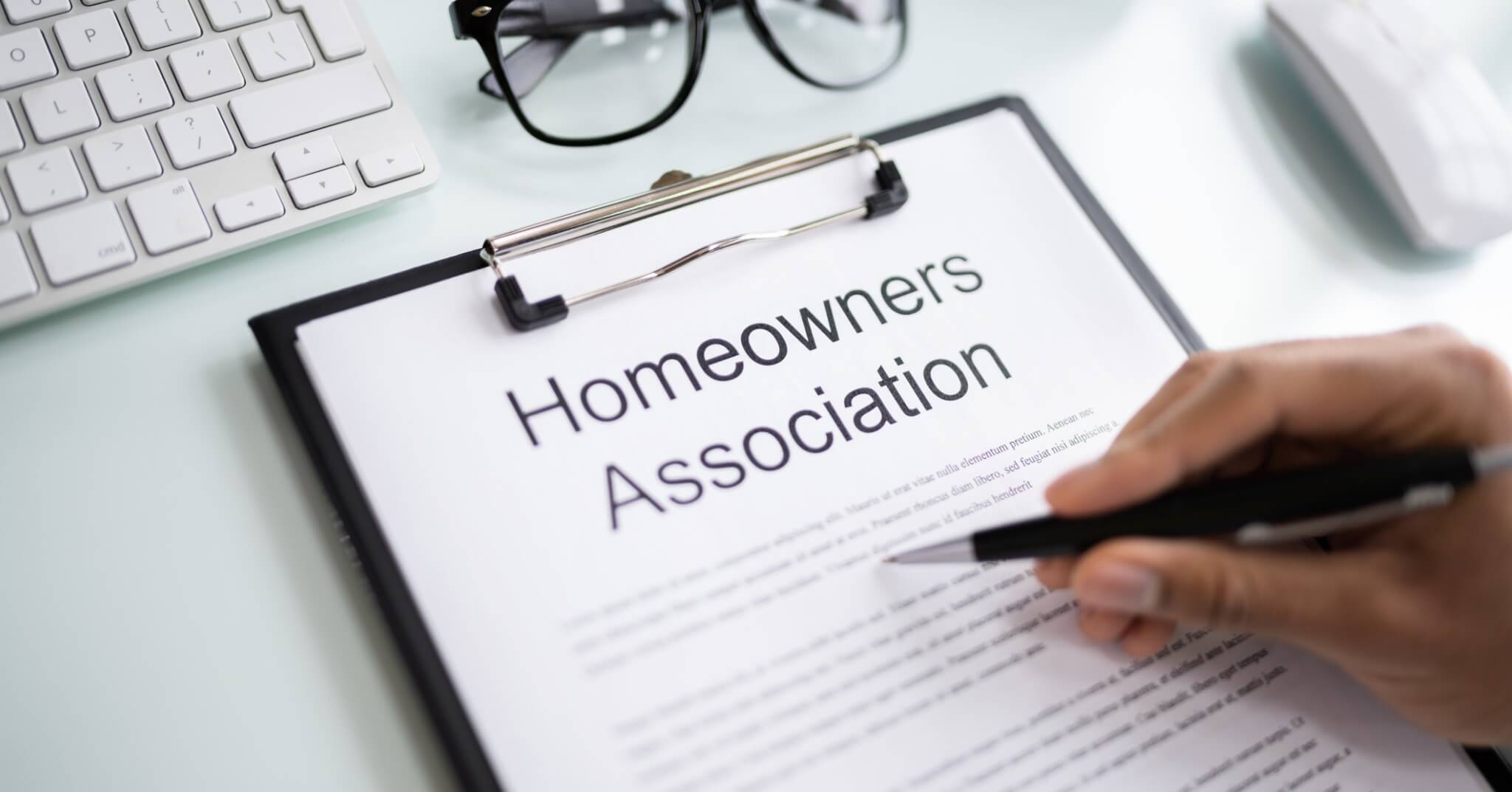Governing docs are the core of how an association operates. Keeping them up-to-date is crucial to ensure everything is clearly laid out and communicated to members. Long-time board members typically have a deep understanding of what goes into governing docs. However, for new board members and homeowners, it’s important to establish what they are, how often they’re updated, and the steps it takes to update them.
Explanation of HOA Governing Docs
The encompassing term “governing docs” refers to several separate documents outlining the rules and regulations that guide an association. They each play a specific rule with an equal distribution of importance. HOA governing docs include:
Articles of Incorporation
This legal document is filed with the Secretary of State and establishes the association as a non-profit mutual benefit corporation.
Declarations of Covenants, Conditions, and Restrictions (CC&Rs)
Largely referred to as CC&RS, these documents officially record and specifically outline the rights and responsibilities of homeowners and the HOA. Essentially, these are the community’s central guidelines and any amendments to the CC&Rs require a membership vote.
Bylaws
Similar to the CC&Rs, bylaws define how the HOA functions and also require a membership vote to amend. They establish operational procedures pertaining to board elections, membership meetings, committee formation, and other duties and responsibilities of board members and homeowners.
Rules & Regulations
Anything not covered in the CC&Rs and bylaws are covered in the Rules and Regulations, which covers resident conduct and institute operational rules as they apply to community members. Rules and Regulations commonly include parking regulations, use of shared amenities, and landscaping protocols. Unlike CC&Rs and bylaws, changes to the Rules and Regulations may occur seasonally or as determined by the board and reviewed with the community.
How Often Are Governing Docs Typically Updated?
A general rule of thumb is governing docs should coincide with the current needs of the association. Though they don’t necessarily need to be updated every year, in some cases, governing docs may not have been reviewed since the community first began. Since they’re meant to be adapted as community and homeowner needs change over the years, a good way to get started is by asking:
- When were the governing docs last updated?
- Have there been significant (economic, homeowner, property) changes since then?
- Are there specific portions of the governing docs that would benefit from changes?
Steps to Updating Governing Docs
1. Determine the approach
When deciding to update governing docs, determine if there’s need to review and update all documents at once or if specific areas like the Rules & Regulations only need changes? If governing docs haven’t been updated since the community’s beginning, a complete overhaul may be necessary. Whereas, if they’ve been updated in recent years, a look at the CC&Rs or Rules and Regulations on a case-by-case basis may be all that’s needed.
2. Requirements for updates
CC&Rs and bylaws require a membership vote before documents can be changed. This vote is determined by either a 51% majority or a supermajority of 67% of the membership vote. However, if you’re making edits to the Rules and Regulations, these only require a board vote and notice to the community. Often, the board will adopt the new ruling and give members a 28 day comment period to review before finalizing the decision.
3. Work with your association management and legal team
Changes to governing docs are legally binding. Talk with your association management team about what you’d like to accomplish, and together, you can establish the language needed for the ruling. Then, have it reviewed by an attorney for final approval.
4. Maintain transparency with homeowners
Avoid membership surprises by maintaining transparency regarding proposed changes. Alert homeowners through written and verbal communication and invite feedback to take into consideration when drafting new language. Ensure homeowners are clear about changes and the purpose behind them. By clearly outlining how updates will benefit the community and being upfront with justifications, homeowners can feel part of the process, which will help to avoid pushback.
5. Solidify updates with a vote
Membership votes are necessary for changes to bylaws and CC&Rs, but board members should also seek approval of homeowners regarding Rules and Regulations. Maintaining governing documents takes time and careful evaluation to ensure all membership voices are heard and considered. When making changes that affect the community, it’s important to give everyone the opportunity to share their feedback.
Questions about making changes to your community’s governing docs? Our association management team is here to support you through the process. Contact us today to get the conversation started.
